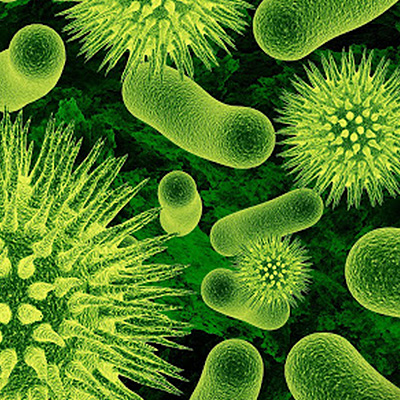Microbiomes And Their Role In Evolutionary Biology

Some researchers have begun to view organisms as multi-species units but remain constrained by retaining an outmoded model of ‘host’ and ‘guest’ with respect to those interacting species. However, instead of viewing organisms as inherent singularities or even as a group of linked singularities, it is more accurate to regard organisms as united vast collaborative enterprises. These consist of a co-linked, cooperative, co-dependent and competitive ecological community of microbiomes merged together so seamlessly that they seem, at least to the consciousness of any particular organism, as one discrete entity. In this model, there is no simple or absolute ‘host’ and ‘guest’ as all function reciprocally to make the effective whole. In this conception, it is the specific collection of such linked ecological communities that makes each species unique. Any complex organism itself represents an entire ecology reiteratively constructed from all of the relevant smaller ecologies that make it so. That larger coalesced ecological unit then has its own exquisite place within the larger external environmental ecologies. Each ecology and all the linked ecologies remain together and function with purpose to sustain the individual constituent cells that make up each ecology. So at every time, the linked ecologies that make an organism such as ourselves are working to maintain the preferred status of their constituents’ cells. To serve those needs, they remain separably discriminative in their range of responses. Those specialized responses serve the whole. Yet, they are so harmoniously associated together as to seem to the organism itself as though they are one.
There would be no requirement that all of the exact constituents of the conjoined ecologies that make an organism stay static. Indeed, we know that they do not. However they do need to stay within biological boundaries or that exact species forfeits its place in a competitive landscape in which any organism is under continuous assault by a very aggressive external genetic milieu. This is the exact interface between health and disease for all complex creatures.
If this seems a bit daunting, it is so only at first blush. Nature certainly does not see us as singularities as the Darwinist have long believed. Instead, we are holobionts. There is no pore, orifice or hidden compartment within us that is ‘sterile’. That concept is now defunct. Importantly though, it is not that just some complex organisms are hologenomic beings. All complex organisms are, and there are no exceptions on this planet. So any coherent theory of evolutionary development must endorse that endpoint as its narrative.
